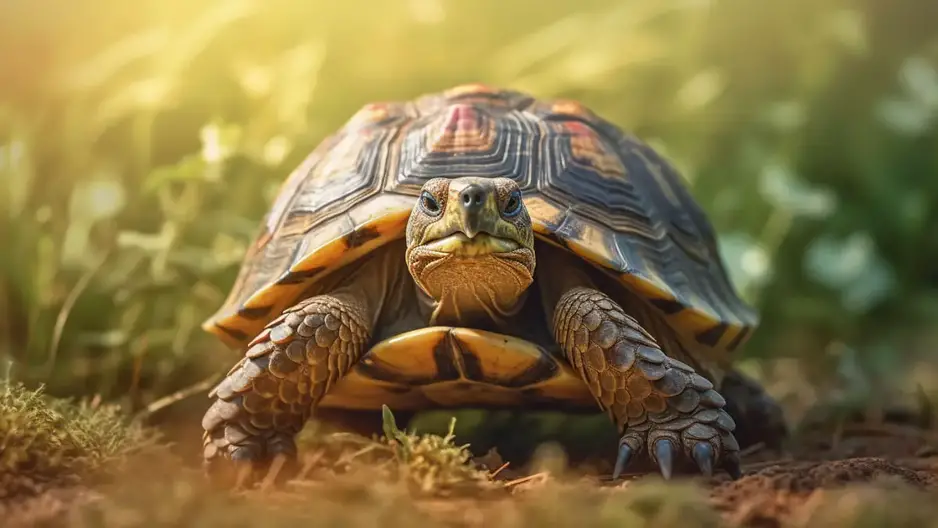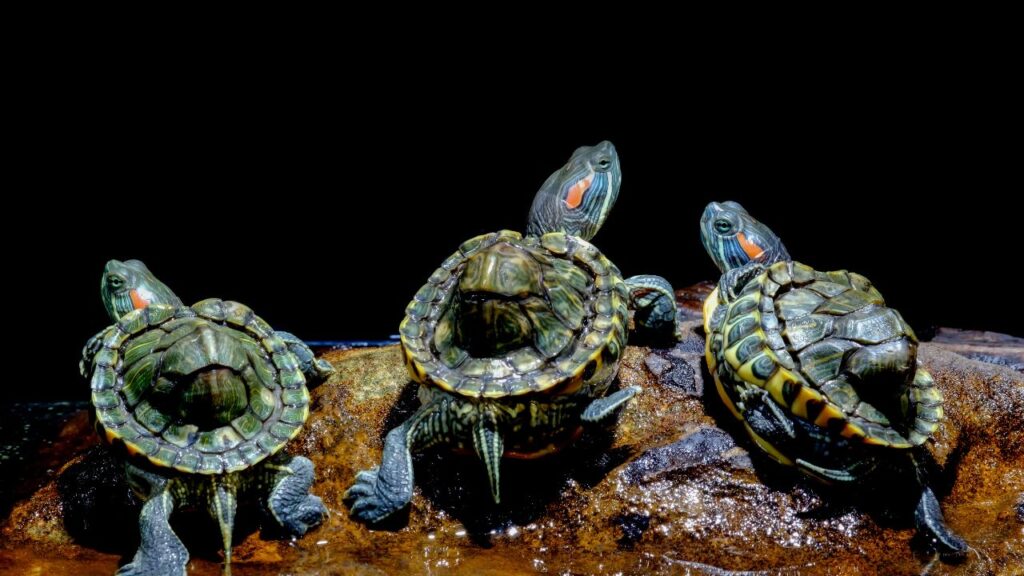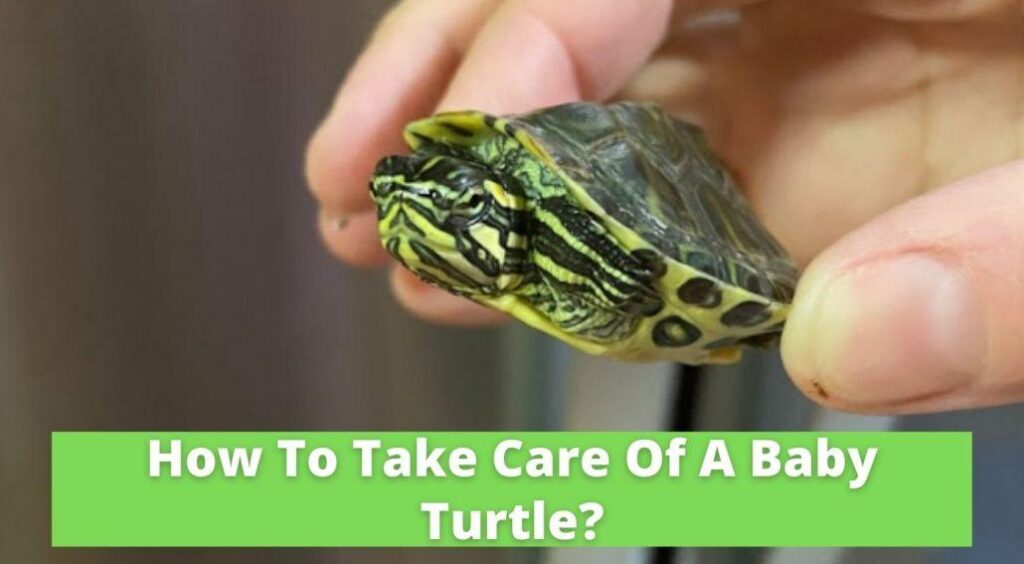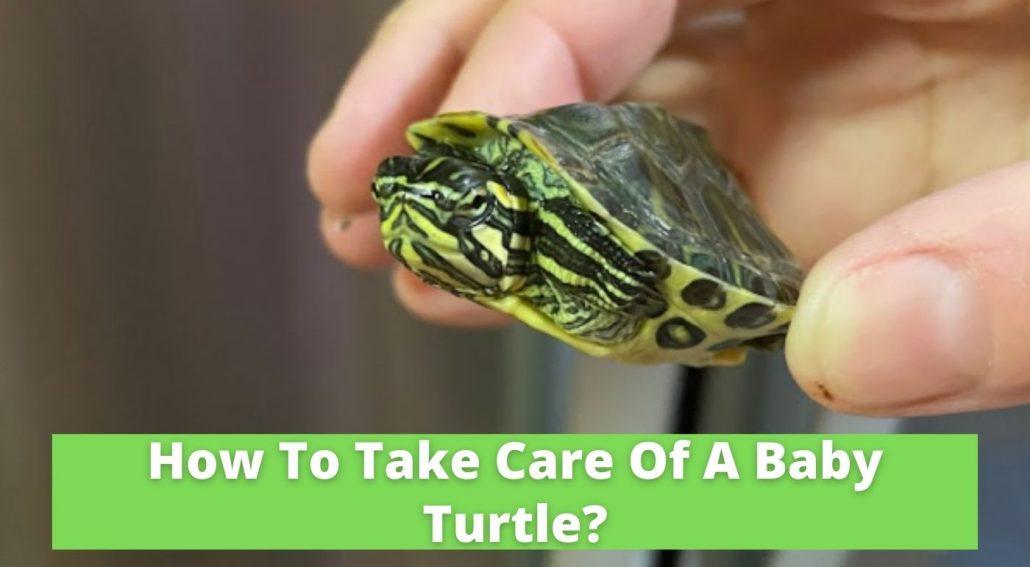In this article, you will discover strategies for creating a stress-free environment for baby turtles by minimizing noise and disturbances. Baby turtles are incredibly delicate creatures, and they require a calm and peaceful environment to thrive. By understanding the impact of noise and disturbances on their well-being, you can implement simple yet effective measures to ensure their safety and happiness. So, if you’re ready to learn how to create the perfect sanctuary for these adorable little reptiles, let’s get started!
:strip_icc()/red-eared-sliders-1238387_final-01-resized-bb642b67d2ff435394f67ac551a1bae5.jpg)
1. Understanding the Needs of Baby Turtles
1.1 Different Species of Baby Turtles and Their Habitat Requirements
Baby turtles come in a variety of species, and each species has its unique habitat requirements. For instance, some species prefer freshwater environments, while others thrive in saltwater habitats. It is crucial to understand the specific needs of each species to provide a suitable environment for their growth and development. Researching the habitat preferences, temperature requirements, and diet of different baby turtle species can help ensure their well-being.
1.2 The Importance of a Stress-Free Environment for Baby Turtles
Creating a stress-free environment is vital for the health and survival of baby turtles. Stress can negatively affect their immune system, growth, and overall well-being. As caretakers of baby turtles, it is our responsibility to minimize stressors in their environment. By reducing noise, disturbances, and controlling human interaction, we can help ensure a stress-free environment where the turtles can thrive.
2. Minimizing Noise in the Turtle’s Environment
2.1 Recognizing Sources of Noise that Can Stress Baby Turtles
Noise can be a significant stressor for baby turtles, as they are still adapting to their new surroundings. Sources of noise can include loud music, construction activities, and even nearby human activities. It is essential to identify these sources of noise to effectively minimize them and create a calmer environment for the turtles.
2.2 Strategies for Reducing Noise in the Habitat
To reduce noise in the turtle’s habitat, several strategies can be employed. One approach is to use soundproofing materials or insulation around the turtle’s enclosure to dampen outside noise. Placing the habitat in a secluded area away from high traffic zones can also help reduce noise disturbances. Additionally, setting up a barrier of plants or trees around the enclosure can act as a natural sound barrier, further minimizing noise.
3. Reducing Disturbances in the Turtle’s Environment
3.1 Identifying Potential Disturbances for Baby Turtles
Understanding potential disturbances that can disrupt the baby turtles’ environment is crucial for their well-being. Disturbances can include sudden movements, vibrations, or handling by humans without proper care. These disturbances can lead to stress and harm the turtles if not addressed.
3.2 Implementing Measures to Minimize Disturbances
To minimize disturbances, it is essential to provide a stable and secure environment for the baby turtles. Limiting access to their enclosure and ensuring that they have adequate hiding spots can help reduce disturbances caused by human interaction. Care should be taken when handling the turtles, ensuring gentle and proper techniques are used to minimize stress. Furthermore, educating visitors and caretakers about the proper behavior around baby turtles is important for reducing disturbances.
4. Controlling Human Interactions with Baby Turtles
4.1 Educating People on Proper Behavior around Baby Turtles
Education plays a vital role in controlling human interactions with baby turtles. Many people may be unaware of the potential harm their actions can cause to the turtles. By educating the public about the importance of not disturbing, handling, or interfering with the turtles’ natural behavior, we can promote responsible behavior and reduce stress for the turtles.
4.2 Limiting Access to Areas with Nesting or Hatching Turtles
To ensure the safety of baby turtles, it is crucial to limit access to areas where nesting or hatching turtles reside. This can be achieved by implementing physical barriers or establishing designated observation areas where visitors can observe the turtles without causing disturbance. By controlling human access and behavior, we can create a safe and stress-free environment for the baby turtles.

5. Designing an Ideal Habitat for Baby Turtles
5.1 Providing Sufficient Space and Hiding Areas
Baby turtles require sufficient space to move around and explore their environment. The size of the enclosure should be appropriate for the species and should allow for natural behaviors such as swimming and basking. Additionally, providing hiding areas such as rocks, logs, or vegetation will give the turtles a sense of security and privacy, reducing stress levels.
5.2 Creating Suitable Temperature and Lighting Conditions
Maintaining suitable temperature and lighting conditions is crucial for the health and development of baby turtles. Researching the specific temperature requirements of the species and providing both a basking area and a cooler area within the habitat will allow the turtles to regulate their body temperature effectively. Furthermore, using UVB lighting to mimic natural sunlight is essential for their growth and shell development.
5.3 Maintaining Clean Water and Adequate Food Supply
Clean water and a proper diet are essential for the well-being of baby turtles. Regularly monitoring and maintaining the water quality in the habitat, including appropriate filtration and water changes, will help prevent sickness and stress. Providing a varied and nutritionally balanced diet consisting of commercial turtle food, as well as fresh vegetables and proteins, will ensure the turtles receive the necessary nutrients for their growth and health.
6. Monitoring and Assessing Stress Levels in Baby Turtles
6.1 Signs of Stress in Baby Turtles
Monitoring and assessing stress levels in baby turtles is crucial to ensure their well-being. Signs of stress can include decreased appetite, abnormal behaviors, lethargy, and changes in appearance or shell condition. Regular observation and documentation of these signs can help identify potential stressors and implement appropriate measures.
6.2 Regular Health Checks and Observations
Regular health checks and observations by a veterinarian or an experienced caretaker are essential for proactive turtle care. These checks can help identify any underlying health issues or signs of stress that may not be immediately apparent. By staying vigilant and seeking professional advice when needed, we can address any potential issues before they become severe.

7. Promoting Natural Behaviors in Baby Turtles
7.1 Facilitating Play and Exploration
Creating an environment that facilitates natural behaviors is essential for the well-being of baby turtles. Providing them with opportunities for play and exploration, such as introducing toys or objects that mimic natural elements, can help stimulate their physical and mental development. This will contribute to their overall happiness and reduce stress.
7.2 Mimicking Natural Feeding and Basking Conditions
Mimicking natural feeding and basking conditions in the turtle’s habitat is vital for their health and well-being. Researching the natural feeding and basking behaviors of the specific species and replicating those conditions can help reduce stress. This includes providing suitable food sources and basking spots that mimic their natural habitat, allowing them to exhibit their natural behaviors.
8. Preventing Predation and Ensuring Safety for Baby Turtles
8.1 Identifying Common Predators of Baby Turtles
Baby turtles are vulnerable to predation, and it is crucial to identify potential predators and take proactive measures to protect them. Common predators may include birds, mammals, and larger aquatic species. Understanding the local predator population and their habits can help implement appropriate protective measures.
8.2 Implementing Protective Measures to Keep them Safe
To ensure the safety of baby turtles, protective measures can be implemented. This may include installing predator-proof fences or nets around the habitat, providing hiding spots, or using decoys to deter potential predators. Additionally, placing the habitat in a location that is less accessible to predators can help minimize the risk of predation.
:strip_icc()/red-eared-slider-swimming-520669620-57fff0185f9b5805c2b11b7b.jpg)
9. Educating the Public on Turtle Conservation
9.1 Raising Awareness about Threats to Baby Turtles
Educating the public about the threats baby turtles face is essential for their conservation. Raising awareness about the impact of habitat destruction, pollution, climate change, and illegal trade can help garner support for conservation efforts. By highlighting the importance of protecting baby turtles and their habitats, we can inspire individuals to take action and contribute to their conservation.
9.2 Encouraging Responsible Behavior in Coastal Areas
Coastal areas are critical nesting sites for many turtle species, and it is essential to encourage responsible behavior in these areas. Educating beachgoers about the significance of not disturbing or interfering with nesting turtles, as well as proper disposal of waste to prevent pollution, is crucial. By promoting responsible behavior, we can help create a safe environment for nesting and hatching turtles.
10. Collaborating with Conservation Organizations
10.1 Partnering with Local and International Entities
Collaborating with local and international conservation organizations is essential for the success of turtle conservation efforts. By partnering with these entities, we can benefit from their expertise, resources, and established networks. Together, we can work towards creating a sustainable future for baby turtles and their habitats.
10.2 Sharing Research and Best Practices
Sharing research findings and best practices with other organizations and institutions is crucial for continuous improvement in turtle conservation. By sharing our knowledge and experiences, we can contribute to the collective understanding of turtle conservation and help develop effective strategies for the well-being of baby turtles.
In conclusion, creating a stress-free environment for baby turtles is vital for their growth and well-being. By understanding their specific habitat requirements, minimizing noise and disturbances, promoting natural behaviors, and educating the public, we can contribute to their conservation. By working together with conservation organizations and sharing our research, we can create a sustainable future for these magnificent creatures.

